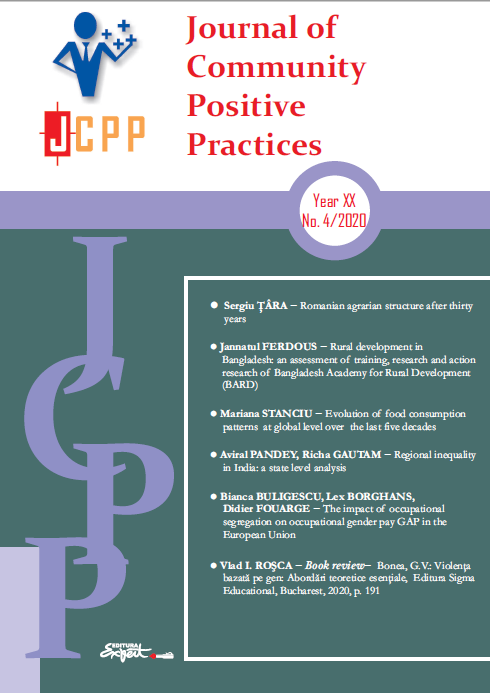The impact of occupational segregation on occupational gender pay gap in the European union
The impact of occupational segregation on occupational gender pay gap in the European union
Author(s): Bianca Buligescu, Lex Borghans, Didier FouargeSubject(s): Social development
Published by: Asociatia pentru Dezvoltare si promovare socio-economica Catalactica
Keywords: gender segregation; gender wage gap; occupational wages;
Summary/Abstract: The aim of this paper is to analyse the relationship between wages and the fraction of women in an occupation, using variation in the female participation in occupations across European countries. Using data from the European Structure of Earnings Survey 2006 with information about the wages in 93 occupations in 10 countries, we investigate how the wages of men and women and therefore the gender wage gap varies when the fraction of women increases. We allow for non-linearities in this relationship. In the raw data we find that mixed occupations pay better than occupations in which mainly men or mainly women are working, but controlling for occupation the picture reverses and we find that especially occupations with a high fraction of women pay more than mixed occupations. Female earnings are almost similar to male earnings when the fraction of women goes down and vice versa, but the effect is stronger in the female occupations, giving men an advantage in the labour market.
Journal: Jurnalul Practicilor Comunitare Pozitive
- Issue Year: XX/2020
- Issue No: 4
- Page Range: 86-111
- Page Count: 26
- Language: English

